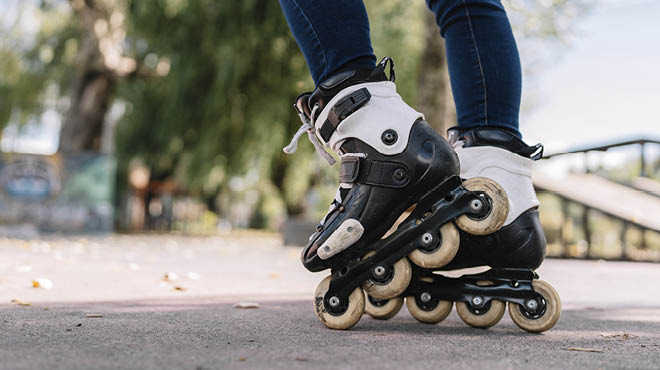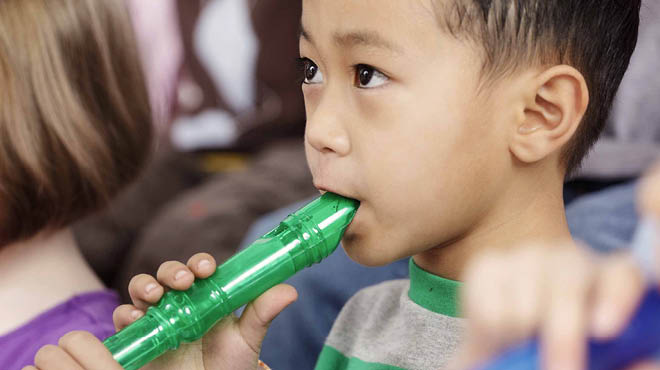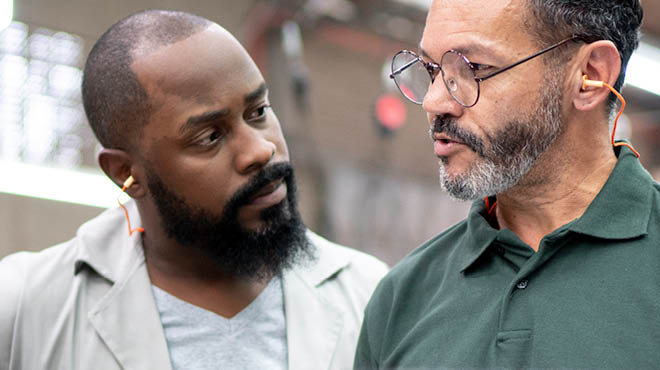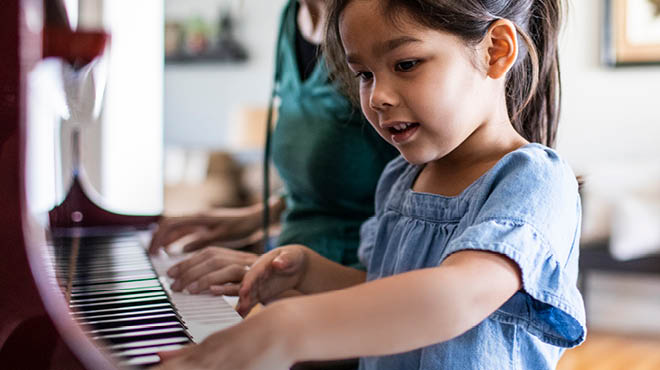Recent Posts
Hunting? Be sure to protect your hearing

I'm a hunter, and I come from a family of hunters, so I know how important it is to be able to hear when you're in the field. But as an audiologist, I also know how important it is to protect your hearing when using firearms. That's true whether you're hunting, shooting targets or sighting a firearm.
Noise over 140 decibels can permanently damage hearing, and almost all firearms are in that range or higher. In comparison, normal conversation falls in the 55–60 decibel range. As we lose hearing due to noise exposure, high-pitched sounds like "s," "th" and "f" tend to be the first affected.
People who lose ability to hear these sounds complain that others are mumbling or that sounds feel muffled. They also may develop ringing in the ears, or what's known as tinnitus.
Unfortunately, many hunters don't use hearing protection while in the field. The most common complaints about hearing protection devices are that they don't allow hunters to hear game, and the devices are uncomfortable.
Find a hearing protection option that fits
For hearing protection to be accepted, it has to fit well, be easy for the user to insert or wear, and be simple to clean and maintain.
Earplugs are one of the most common HPDs. They can be as basic as disposable foam plugs or more advanced custom-made ear molds. They can be designed with filters to let soft and moderate sounds pass through, while reducing loud noises. Consider wearing them on a cord around your neck so they're always at hand.
Electronic HPD options can make softer sounds louder, but shut off when there is a loud noise, like gunfire. They include earmuffs — instant fit and custom in-ear versions. These HPDs allow hunters to talk and hear animals without removing the devices.
Some higher-end hearing protection devices can provide minimal amplification and protection. For example, if someone is going on an elk hunt, the device can be programmed to pick up the high-pitched elk bugling, while also protecting from loud noises.
An audiologist can test your hearing and help you find higher-quality options that may not be available from retail stores.
Protection practice makes perfect
Once you select a hearing protection option:
- Practice wearing your new hearing protection, just as you practice your aim. Make it part of your routine. A good time to start is during target practice or sighting.
- Always have disposable hearing protection like foam earplugs handy.
- Consider double-protecting your ears by wearing muffs over plugs.
- Avoid shooting in locations where noise reverberates in the space.
HPDs range in price from $10 to more than $1,000. But just as you invest in clothing, equipment, ammunition and firearms, consider the cost of high-quality hearing protection as part of your sport.
Katie Dease, Au.D., is an audiologist in Owatonna, Minnesota.






